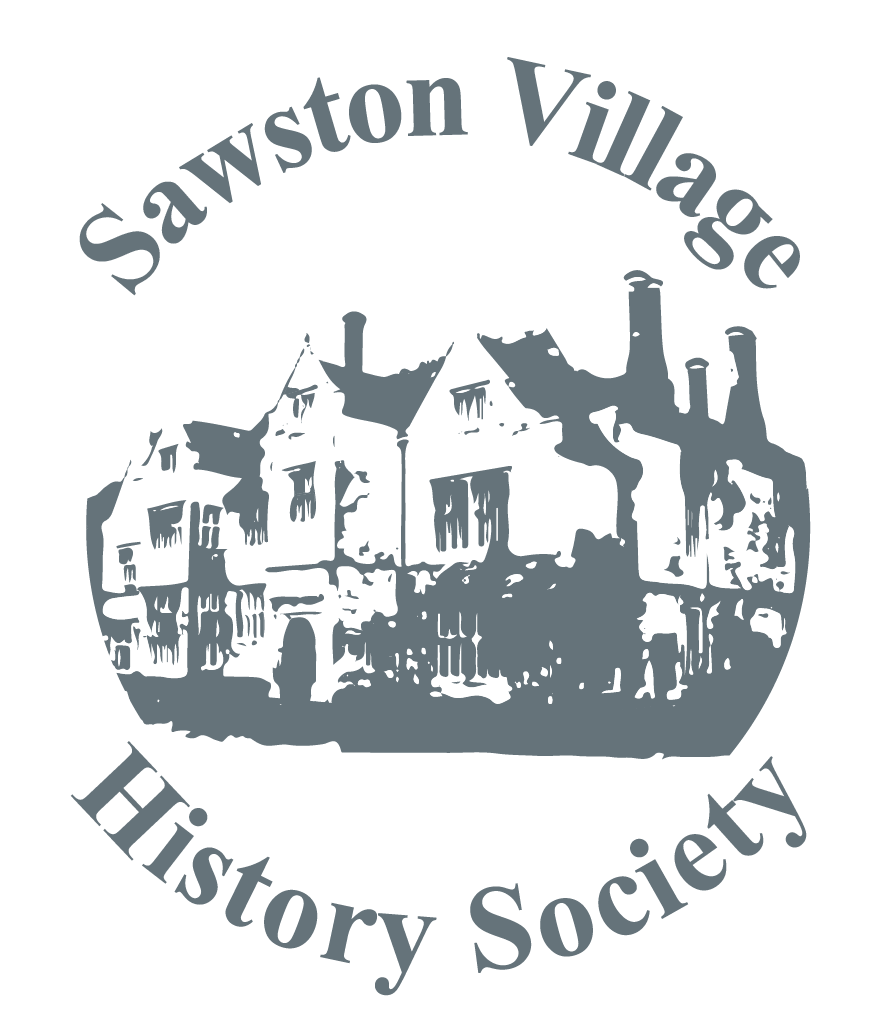
This was the intriguing title of the November talk to the Sawston Village History Society which was about the First World War military hospital in Cambridge. It was one of twenty three hospitals set up by the Territorial Army. Its proper title was the 1st Eastern General Hospital, RAMC (Territorials). Cambridge was an ideal location having good rail links and a close relationship with Addenbrooke's Hospital, where Colonel Griffiths was a surgeon and an important player in setting up the new hospital.
When the war started the first patients to arrive were housed in the Leys School, but with the new term due to start, they were moved to Nevile's Court at Trinity College as the second temporary location. Blinds were installed around the cloisters to protect patients from wind and rain. Further beds were accommodated under the Wren Library. Very soon further beds were placed in large tents behind the Wren.
Finally a more permanent location for the hospital was found on a former cricket ground belonging to King's and Clare Colleges, which explains the Bats in the title. When completed, up to 1700 beds were housed in a series of wooden huts. There was a strong belief in the curative properties of direct sunlight and saline baths at the time so the huts were open at one side, although the blackout requirements by 1916 meant that the open sides had to be filled in.
The hospital was fully equipped with operating theatres and all the other necessary facilities including a large kitchen and recreational facilities. The menu was said to be very good, and the death rate was surprisingly low, which was more than can be said for when they were returned to the front lines. The hospital may have treated as many as 80,000 patients during the course of the war. Doctors and nurses were probably accommodated in empty student rooms in the colleges.
By 1917 hospital ships bringing wounded soldiers home were being torpedoed, so the decision was made to treat more in France and some of the hospital staff were sent to France. The hospital closed in 1919 and the buildings were converted into much needed houses for council tenants in what were called the 'huts' or more properly the “Burrell’s Walk Estate”. They remained until 1929 when the last were pulled down.
The site was used for the current University Library which was built in 1931-34, to a design by Giles Gilbert Scott. So we have gone from Bats, to Beds, and finally Books, but few of us are aware of the First World War hospital which was on the site.
Jim Butchart